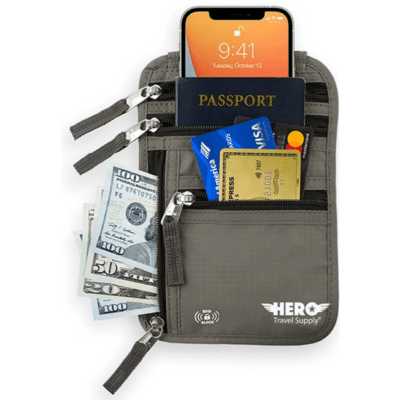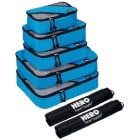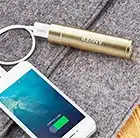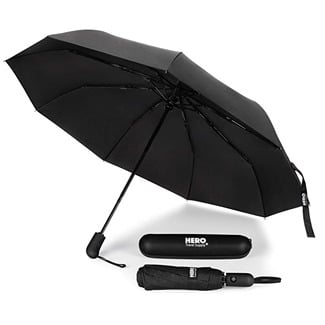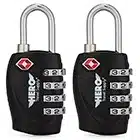With a tropical climate, a rich culture, two gorgeous coastlines, and everything from lush jungles to mountainous volcanoes, Panama offers enough thrill to occupy weeks’ worth of exploring. Whether you’re planning a surf trip, a sailing excursion to the San Blas Islands, or want to cruise the colorful old neighborhoods of Panama City and soak up some history- or the infamous nightlife!- Panama will pull on the heartstrings and surely leave you wanting to experience more.
If you’re asking yourself, “What Plug Do I Need in Panama?” and “Will I need a US-to-Panama power adapter for my trip?” trust that we’ve been there too, and we’re here to help. Read on to find the answers to any outlet and plug questions and feel confident that you’re packing all you need before your Panama trip.




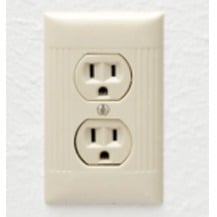
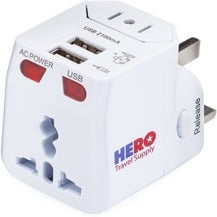
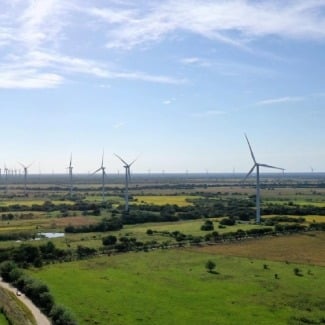 Panama power outlets operate with a voltage of 110V-120V and a frequency of 60 Hz. From a touristic standpoint, most visitors will have no issues connecting to electricity -especially in the most popular areas of the country- since nearly 97% of Panama residents have access to electricity. If you’re venturing off the beaten path into mountain towns or secluded seaside villages, however, there may be some disruptions from time to time, especially if a storm passes during rainy season. In general, though, power outages are rare.
Panama power outlets operate with a voltage of 110V-120V and a frequency of 60 Hz. From a touristic standpoint, most visitors will have no issues connecting to electricity -especially in the most popular areas of the country- since nearly 97% of Panama residents have access to electricity. If you’re venturing off the beaten path into mountain towns or secluded seaside villages, however, there may be some disruptions from time to time, especially if a storm passes during rainy season. In general, though, power outages are rare.